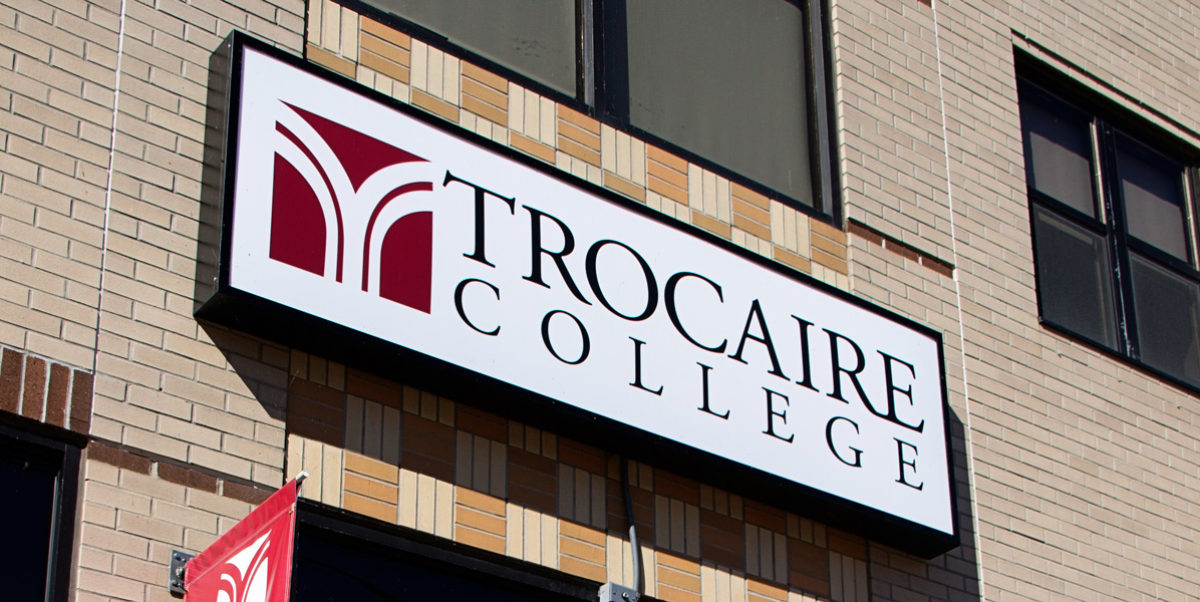Respiratory Illnesses Resources

We believe in the efficacy of the COVID-19 and other Respiratory Illness vaccinations, and recommend that all faculty, staff and students be immunized.
Respiratory Illness Protocol (Formerly COVID-19 Protocol)
In March, 2024 the Centers for Disease Control and Prevention issued updated guidance for respiratory viral illnesses, including COVID-19. “COVID-19 remains an important public health threat, but it is no longer the emergency that it once was, and its health impacts increasingly resemble those of other respiratory viral illnesses, including influenza and RSV.” COVID-19 is now considered a part of the constellation of respiratory illnesses.
Symptoms of Respiratory Illness
Symptoms of respiratory illness can include but are not limited to: chest discomfort, chills, cough, decrease in appetite, diarrhea, fatigue (tiredness), fever or feeling feverish, headache, muscle or body aches, new loss of taste or smell, runny or stuffy nose, sneezing, sore throat, vomiting, weakness, wheezing.
If you have Symptoms of Respiratory Illness
Stay at home and away from others (including people you live with who are not sick).
Return to School or Work
- You can go back to your normal activities when, for at least 24 hours, both are true:
- Your symptoms are getting better overall, and
- You have not had a fever (and are not using fever-reducing medication).
- When you go back to your normal activities, take added precaution over the next 5 days, such as taking additional steps for cleaner air, hygiene, masks, physical distancing, and/or testing when you will be around other people indoors.
- Keep in mind that you may still be able to spread the virus that made you sick, even if you are feeling better. You are likely to be less contagious at this time, depending on factors like how long you were sick or how sick you were.
- If you develop a fever or you start to feel worse after you have gone back to normal activities, stay home and away from others again until, for at least 24 hours, both are true: your symptoms are improving overall, and you have not had a fever (and are not using fever-reducing medication). Then take added precaution for the next 5 days.
Testing for Respiratory Illnesses
Getting tested for respiratory illnesses is no longer required. Tests can help you find out if you are currently infected with a certain respiratory virus. While testing doesn’t change how likely you are to catch or spread respiratory viruses, or how severe your illness might be, it can provide useful information to help you make prevention or treatment choices.
Respiratory Illness-Related Absence
- Students who are ill with, have symptoms of, or have tested positive for respiratory illness will need to stay out of class and clinicals until they meet the requirements shown above. Such absences will be excused though all work must be made up. To ensure that students are provided with an excused absence, students should be in touch with their faculty members and may need to provide documentation of their illness or test results.
- Employees who are ill with, have symptoms of, or have tested positive for respiratory illness will need to stay out of work until they meet the requirements shown above. The college provides COVID-19 sick days for qualified employees which must be reported but, up to a limit, are not charged against the employee’s normal allotment of VSP time. Employees staying out of work due to respiratory illnesses should be in touch with their immediate supervisor and may need to provide documentation of their illness or test results.
Disclaimer
Trocaire reserves the right to adjust the college’s health and safety requirements at any time and will communicate any material changes in our policies to the affected individuals. The College reserves the right to make such changes as it determines, in its sole discretion, to be necessary or advisable in its regulations, policies and practices. Changes to rules and policies may occur at any time and could be applied to currently matriculated students as well as those seeking admission or those who have been admitted but have not started to attend the college.
2021 Communications
August 27: Welcome to the Fall 2021 semester! Covid19 Vaccination Reminder
August 23: Urgent Message: Covid19 Vaccination Compliance
July 14: Next Steps Regarding Mandatory COVID-19 Vaccination Policy
July 12: Important Vaccine Policy Information for Fall 2021
Feb. 12: Fall 2021 Update
Jan. 8: Notice: COVID-19 Vaccine Availability and Call for Volunteers to Administer Vaccine
2020 Communications
Nov. 18: Orange Zone Update: Classes Continue as Planned
Nov. 17: Important Details about Remainder of Fall 2020 Semester
Oct. 6: A Message from Trocaire President Dr. Bassam Deeb
Oct. 5: Spring 2021 Update
Sept. 4: Reminder: Fall 2020 Academic Calendar
Aug. 27: Please sign the Trocaire Trust Community Pledge
Aug. 13: COVID-19 Pandemic Behavior and the Fall 2020 Semester
Aug. 4: Fall 2020 Student Affairs Update
July 27: Fall 2020 Course Schedule Update
July 16: Fall 2020 Academic Affairs Update
July 2: Trocaire College Fall 2020 General Update

